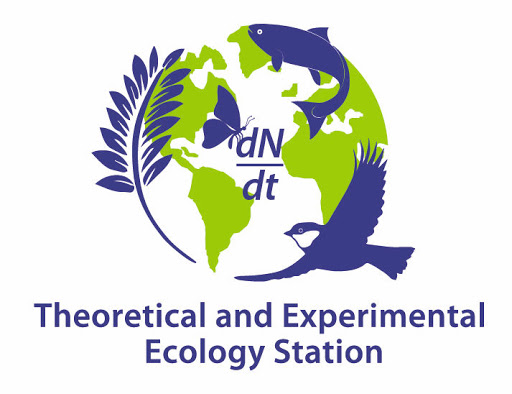Enclosed Ecosystem Platform
Parent institution: CNRS
Active since 2021
Active through All year
Fields of study
- Climatology, Climate Change
- Environmental sciences, Pollution
- Soil science
- Terrestrial biology, Ecology
- Limnology
Contact Information
Blanchet, Simon
email: simon.blanchet@sete.cnrs.fr
Richard, Murielle
email: murielle.richard@sete.cnrs.fr

